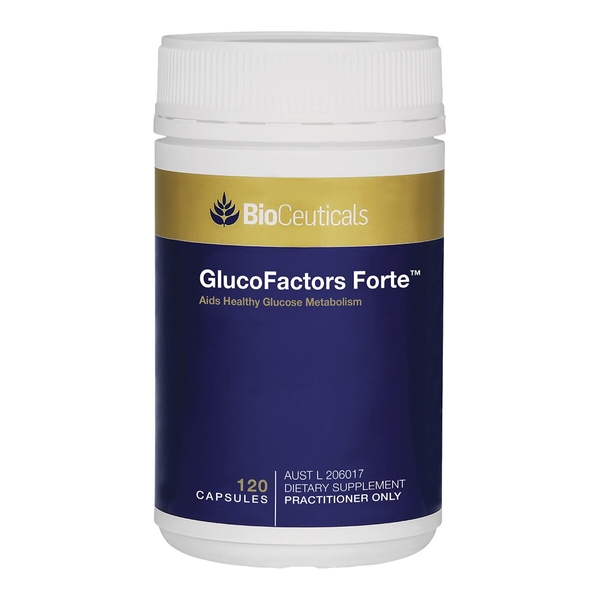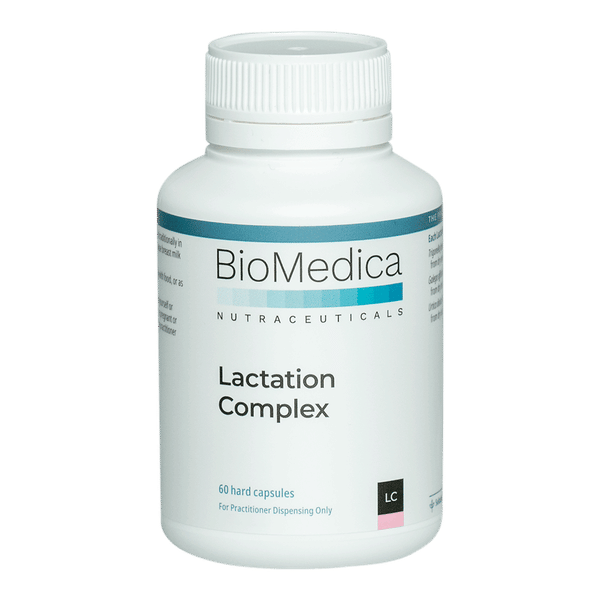
Goat's rue
Scientific names: Galega officinalis, Galega bicolor, Galega patula
Family: Fabaceae/Leguminosae
Alternative names: Faux-Indigo, French Honeysuckle, French Lilac, Galéga, Galéga Officinal, Galega, Galegae Officinalis Herba, Geissrautenkraut, Italian Fitch, Lavanèse, Lilas d'Espagne, Lilas Français, Rue-de-Chèvre, Rue des Chèvres, Sainfoin d'Espagne
Actions: Antibacterial, Antidiabetic, Antiplatelet, Weight loss
Background
Goat's rue is a plant. The parts that grow above the ground are used to make medicine. Be careful not to confuse goat's rue (Galega officinalis) with rue (Ruta graveolens).
Goat's rue is used for diabetes, breast-feeding, and many other purposes, but there is no good scientific evidence to support its use.
Goat's rue is used for diabetes, breast-feeding, and many other purposes, but there is no good scientific evidence to support its use.
Safety Safety definitions
When taken by mouth: There isn't enough reliable information to know if goat's rue is safe or what the side effects might be. No harmful effects have been reported in humans, but fatal poisoning has occurred in grazing animals that ate large quantities of goat's rue.
Bleeding conditions: Goat's rue might slow blood clotting and increase the risk of bleeding. In theory, goat's rue might make bleeding disorders worse.
Surgery: Goat's rue might affect blood sugar levels. There is concern that it might interfere with blood sugar control during and after surgery. Stop using goat's rue at least 2 weeks before a scheduled surgery.
Special Precautions & Warnings:
Pregnancy and breast-feeding: There isn't enough reliable information to know if goat's rue is safe to use when pregnant or breast-feeding. Stay on the safe side and avoid use.Bleeding conditions: Goat's rue might slow blood clotting and increase the risk of bleeding. In theory, goat's rue might make bleeding disorders worse.
Surgery: Goat's rue might affect blood sugar levels. There is concern that it might interfere with blood sugar control during and after surgery. Stop using goat's rue at least 2 weeks before a scheduled surgery.
Effectiveness
NatMed Pro rates effectiveness based on scientific evidence according to the following scale: Effective, Likely Effective, Possibly Effective, Possibly Ineffective, Likely Ineffective, Ineffective, and Insufficient Evidence to Rate.
Insufficient evidence Effectiveness definitions
- Breast-feeding. Some mothers have reported improvements in milk production after taking goat's rue with other vitamins and minerals, but this has not been studied in clinical trials.
- Diabetes.
- Digestive problems.
- Other uses.
Dosing & administration
The appropriate dose of goat's rue depends on several factors such as the user's age, health, and several other conditions. At this time there is not enough scientific information to determine an appropriate range of doses for goat's rue. Keep in mind that natural products are not always necessarily safe and dosages can be important. Be sure to follow relevant directions on product labels and consult your pharmacist or physician or other healthcare professional before using.
Interactions with pharmaceuticals
Medications that slow blood clotting (Anticoagulant / Antiplatelet drugs)
Interaction Rating=Moderate Be cautious with this combination.
Goat's rue might slow blood clotting. Taking goat's rue along with medications that also slow blood clotting might increase the chances of bruising and bleeding.
Some medications that slow blood clotting include aspirin, clopidogrel (Plavix), dalteparin (Fragmin), enoxaparin (Lovenox), heparin, ticlopidine (Ticlid), warfarin (Coumadin), and others.
Interactions with herbs & supplements
Herbs and supplements that might slow blood clotting: Goat's rue might slow blood clotting. Using goat's rue with other herbs and supplements that can slow blood clotting might increase the risk of bleeding in some people. Some of these herbs and supplements include angelica, danshen, garlic, ginger, ginkgo, red clover, turmeric, willow, Panax ginseng, and others.
Interactions with foods
There are no known interactions with foods.
Action
Goat's rue contains a chemical that may lower blood sugar in a test tube. But it is unclear if goat's rue has this effect when taken by people.
vital.ly has licensed monographs from TRC Healthcare.
This monograph was last reviewed on 18/07/2025 10:00:00 and last updated on 01/12/2014 23:30:04. Monographs are reviewed and/or updated multiple times per month and at least once per year.
Natural Medicines disclaims any responsibility related to medical consequences of using any medical product. Effort is made to ensure that the information contained in this monograph is accurate at the time it was published. Consumers and medical professionals who consult this monograph are cautioned that any medical or product related decision is the sole responsibility of the consumer and/or the health care professional. A legal License Agreement sets limitations on downloading, storing, or printing content from this Database. No reproduction of this monograph or any content from this Database is permitted without written permission from the publisher. It is unlawful to download, store, or distribute content from this site.



.png)

